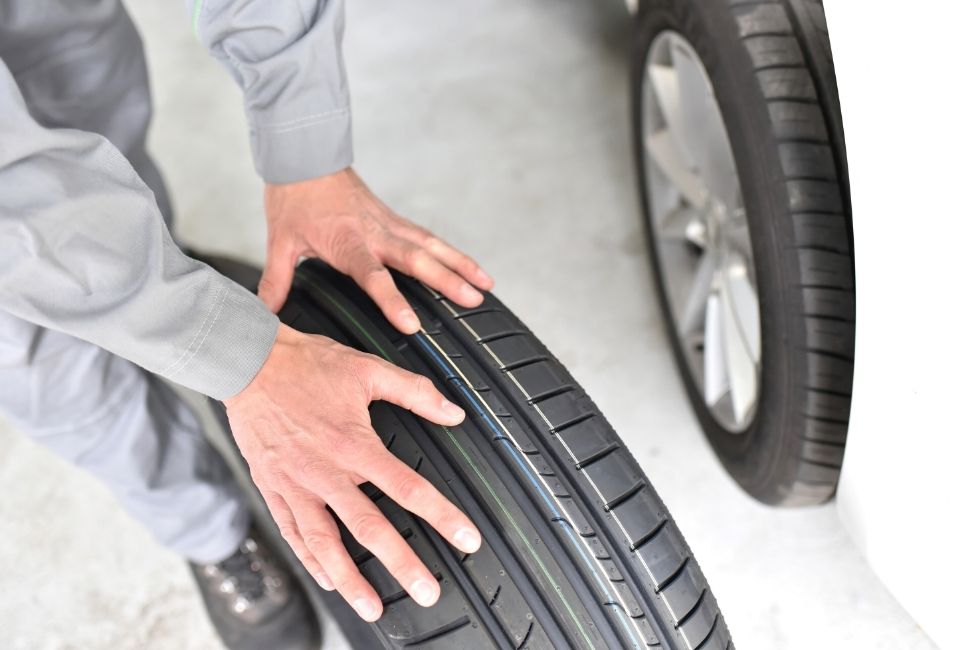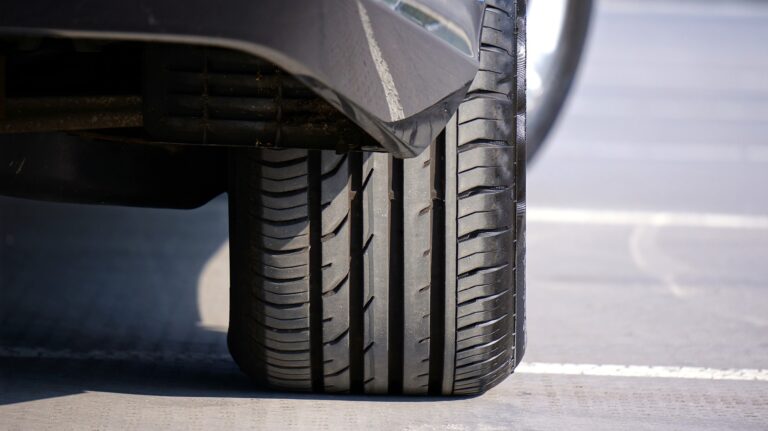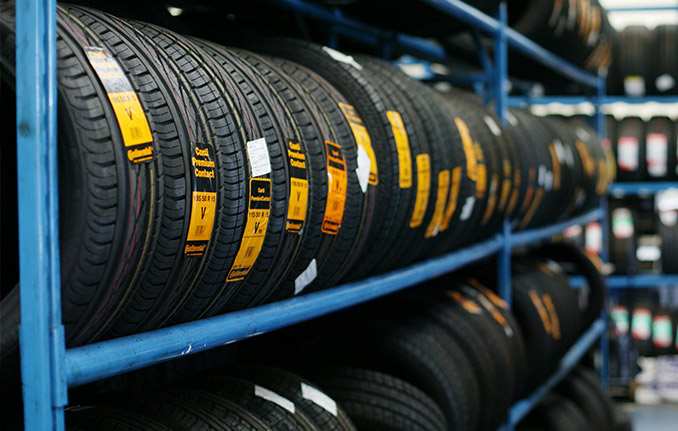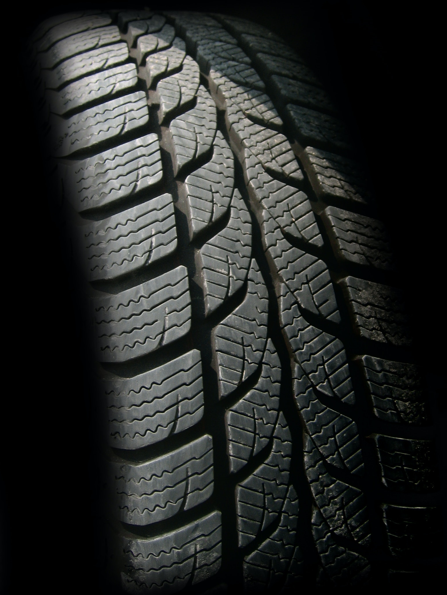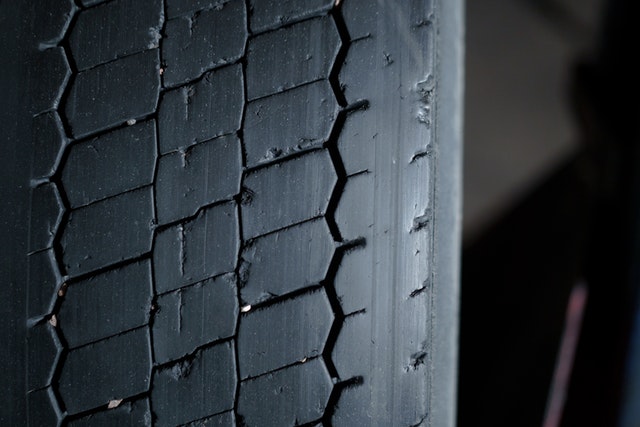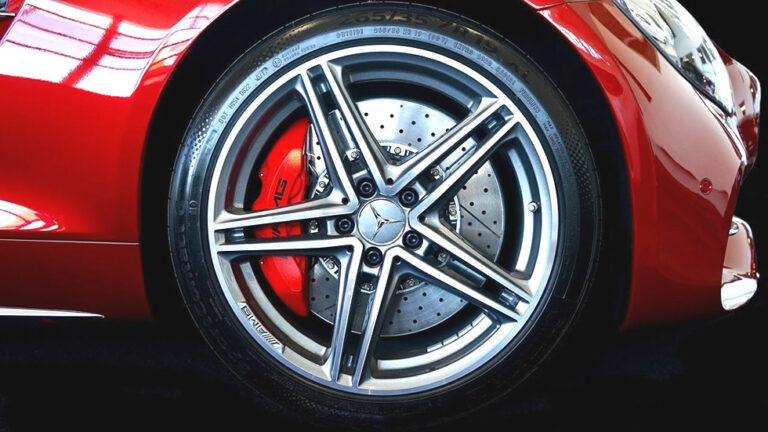As tyres have been shown to have an almost unlimited shelf life when stored in a climate-controlled warehouse, it’s highly possible that, even without access to such a warehouse, regular maintenance, tyres lifespans on the road could be made to last up to a decade, according to Chris Lett of Branigans Tyres in Queensland. And one of the best ways to do so would be to rotate the tyres every 3 000 to 8 000 miles, or sooner if signs of wear on one side of a tyre is noticed.
He says that by rotating tyres, uneven and excessive tread wear is balanced out, and the lifespan of the tyre is preserved, saving car owners from the costly experience of prematurely replacing tyres that are badly worn on one side.
However, Lett says that rotating tyres is not always as simple as it sounds. There are a number of factors to consider, with the main one being that not all tyres can be rotated, so when thinking of attempting to rotate tyres at home, it’s well worth doing some research beforehand.
Types of Tyres that can be Rotated
Lett explains, “If the tyres are directional tyres, meaning the tread pattern is designed to work in only one direction, they can only be rotated between the front and back, but not swapped sideways across the car from left to right (or right to left), as this would mean the tread would be pointing in the wrong direction.
Non-directional tyres which are all the same size can be switched between front and back, from left to right, and even diagonally. In performance cars, which usually use staggered tyre sizes, with larger tyres at the back can only be rotated with a matching size, and therefore the switch can only be made from side to side.
Wheel size is also an important factor, according to Chris Lett. He says some vehicles have the same size tyres, but some have wheels with slightly different offsets, which again means they are not the same as those on the opposing end of the car. Lett says they can therefore only be rotated from side to side, and, once again, that is only if the tyres are not directional. The differences may not be noticeable to the eye, so checking the owner’s manual for the specs on wheel sizes is advisable.
How to Rotate Tyres
Lett advises that all tyres should be marked as they come off the wheel to avoid confusion later on. The process can be complicated and it is easy to lose track of which tyre came off which wheel.
“The simplest rotation is rotating the front and back tyres. This is done by placing a jack at the front and back wheels, and using the multiple jack points available on the vehicle as described in the owner’s manual.
Ensure the jacks are stable before removing the wheels by blocking the wheels that are still on the ground in order to prevent movement. If all four tyres are to be rotated, four jacks will be needed,” Lett says.
There are two rotation methods that can be applied, one of them more dangerous for those who are inexperienced. This involves raising the car on all four jacks and changing the tyres round with the vehicle off the ground. A more time consuming but less risky option is to raise and lower the car a few times to complete each rotation separately.
Rotating tyres can be complex. Speak to an expert to get the right advice. Visit or call Chris and his team for Second Hand Tyres Gold Coast |Branigans Budget Tyres at Burleigh Heads (07) 5535 2660 or Southport (07) 5591 8633.
Syndicated by Baxton Media, The Market Influencers, Your Digital Marketing Agency.

